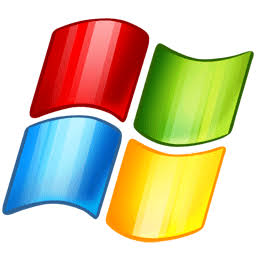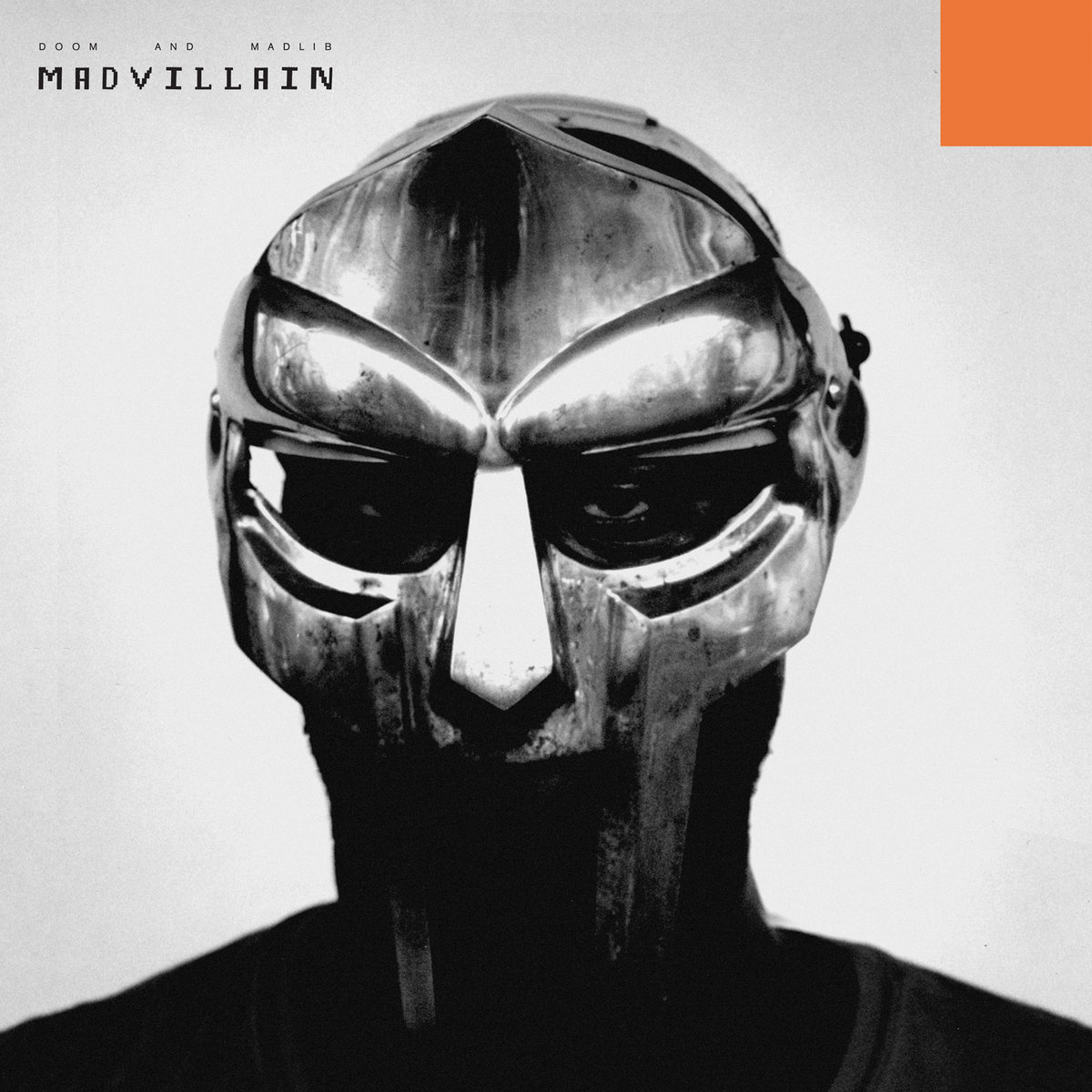Title
I’ve recently switched to Nobara, and has been unsure whether to go with Wayland or X11. Mostly because I’ve read that Wayland has issues on NVIDIA GPUs and will perform slower, so I went with X11 (On KDE). Is that still the case nowadays, or can I just use Wayland?
I am on arch and use both KDE+Wayland/X11 on my 3060ti and for me wayland still has lots of visual glitches, some programs flicker, sometimes the plasma bar is frozen, etc., etc… Gaming is hit or miss. But I can say, the things that do work are a lot smoother than on X11.
See, your issue is that your card was made by Nvidia.
Afaik the Nvidia issues are pretty much resolved now, though it may depend on exactly which GPU you use.
It’s definitely worth using Wayland if it’s not having issues, and switching back is absurdly easy, so I’d recommend using Wayland and going back to X if you’re encountering issues.
Tldr: it’ll probably be fine, give it a go and see
IDK about KDE, but Nobara gnome has Wayland and xorg entries in the login manager.
Btw Fedora is removing x11 support, so that’s going to be fun for everyone who’s having issues with Wayland.
X (not formerly twitter) is decades old and is built around deprecated ways of doing things as well as a lot of legacy functions.
Wayland is a relatively new project with the aim of replacing X.
Wayland had some stability ossues, but they’ve since improved.
I’m sure Wayland is good and all, but I can’t be arsed replacing X yet. While X does what I need it to do, I’ll keep using it. I’ll probably move over when my distro does.
That’s right. To add a few things: X11 isn’t bad. It’s just a big and complex piece of software that has grown for multiple decades. And nobody wants to do big changes or add new things anymore.
Wayland is the modern and “fresh” new approach. I’ve had some issues with my NVidia graphics card. But that wasn’t Waylands fault, but the NVidia drivers. I have a laptop with just Intel graphics and both X11 and Wayland run excellently on that machine.
With Linux we often get many choices, and have several alternatives available to do the same / a similar job. That is a bit complicated for someone new. But we should embrace it, be glad that we can pick whatever suits our individual needs. Wayland still has some issues on a few specific setups, but eventually it will replace X11 as the default.
I remember messing around with font servers 25 years ago in XFree86. Are font servers still a thing with X11?
The X font server has been deprecated like 10 years ago. I doubt you’ll find it as an option in a modern distribution. Nowadays fonts are rendered by the client (application) with something like the Cairo library (if I’m not mistaken).
Yeah. Wayland works great on my laptop. I can’t even log in on my desktop because it’s Nvidia. As a light Linux user the difference doesn’t really mean much to me aside from the fact it doesn’t work on my desktop.
nvidia drivers aren’t THAT bad imho. I just had to experiment with different driver and kernel versions to get my 4060 running properly on my primary PC.
It’s not some huge controversy. Almost everyone that works with/on X11 has thrown in with weyland years ago.
I would say that is a false dichotomy. Almost everyone agrees that X11 isn’t the future but the support for Wayland and the specific ways it does things, is not nearly as universal as that. It is just that the problem is huge and has already taken 15 years or so and so it looks like if we want some alternative to X11 that will be done any time soon Wayland is unfortunately the only game in town, no matter how flawed it is.
I’m not a Wayland fan by any stretch, but I’ve come to the same confusion you did. And so has almost everyone else. Which is the real point of my comment I guess.
Wayland is unfortunately the only game in town, no matter how flawed it is.
I think that’s the core of why people are so upset with Wayland: they disagree with Wayland’s design decisions, but don’t have any alternatives. For how vocal Linux users are about Wayland ruining their lives, I’ve seen very little effort put into resurrecting alternatives such as Mir or writing an alternative.
Now, as KDE and Gnome are planning to eventually move away from X.org, there’s no more time to write any alternatives before it’s too late. The only way for people who don’t like Wayland to continue using the latest version of their favourite software, is to fight Wayland at every step, in hopes of keeping X11 around for as long as possible.
I’m fairly sure many of the people angry at Wayland don’t have problems with Wayland per se, but just don’t want to learn new tools or make minor changes to their workflow.
There are still issues with running Wayland on many computers, most of them involving Nvidia hardware, but on most computers Wayland is a perfectly sane default these days.
A switch from X11 to Wayland is not just a minor change to your workflow though unless you used all defaults before.
It requires you to replace your window manager, all the little tools related to things like clipboard, automation, screen locking,…
And you would have to do pretty much all of that up front to be able to use Wayland long enough to know if it even works on a permanent basis for you. That is a lot of work to put into a project that has a sketchy history of people claiming for nearly a decade now that it works just fine for everything while clearly not working fine for all use cases.
I suppose it’s more difficult if your desktop environment doesn’t support Wayland, so you’d have to replace it entirely. I can imagine that’s a pain, but that’s not exactly the typical use case.
Luckily, I doubt X.org will be abandoned any time soon, so the minority stuck in their old X.org exclusive environments will be able to use their programs unchanged for years to come. Eventually X.org users will be in the same position Wayland users were in years ago (having to apply workarounds for missing APIs to keep everything running smoothly) but I doubt that’ll happen soon.
Clipboards work out of the box in the Wayland compositors I’ve used (Gnome, KDE, Deck UI), as does screen locking. Most automation also works, at least between X11 applications running under XWayland, but that’s the “workflow” thing I mentioned;
xdotoolneeds to be replaced byydotooland maybe some DBus calls, depending on your setup, but a few aliases and an afternoon of work should work around those problems when the time to switch eventually comes.I was talking about tools like xsel or xclip or clipboard managers for multiple clipboards.
I believe
xselandxclipcan be replaced pretty easily withwl-clipboardor one of the alternatives for that.I don’t use multi-clipboards myself, so I couldn’t tell you what to use as an alternative. I think CopyQ supports Wayland? Or maybe you need to cook something up with one of the Wayland <-> X11 clipboard sync tools.
The point wasn’t so much that there are no replacements, more that every script and every shortcut and everything else using them will have to be changed to work with the Wayland alternative.
Applications needs some coordination between each other in order to act like you would expect - things like one window at a time having focus and thus getting all keyboard and mouse inputs. As well as things like positioning on the screen and which screen to render to, the clipboard, and various others things.
X is a server and set of protocols that applications can implement to allow all this behaviour. X11 is the 11th version of the server and protocols. But X was also first created in 1984, and X11 since around 1987. Small changes have been made to X11 over the years but the last was in 2012.
Which makes it a very old protocol - and one which is showing its age. Advances in hardware since then and the way we use devices have left a lot to be desired in the protocol and while it has adapted a bit to keep up with modern tech it has not done so in the best of ways. I also believe its codebase is quite complex and hard to work with so changes are hard to do.
Thus is has quite a lot of limitations that modern systems are rubbing up against - for instance it does not really support multi cursors or input that is not a mouse and keyboard. So things like touch screens or pen/tablets tend to emulate a mouse and thus affect the only pointer X has. It is also not great at touchpads and things like touch pad gestures - while they do work, they are often clunky or not as flexible as some applications need.
It is also very insecure and has no real security measures in place - any GUI application has far more access to the system and input then it really requires. For instance; any application can screen grab the screen at any point in time - not something you really want when you have a banking web page open.
Wayland is basically a new set of protocols that takes more modern hardware and security practices in mind. It does the same fundamental job as X11, but without the same limitations X11 has and to fix a lot of the security issues with X.
One big difference with X though is that Wayland is just a protocol, and not a protocol and server like X. Instead it shifts the responsibilities of the X server into the window manager/compositor (which used to manage window placement and window borders as well as global effects such as any animations or transparency). It also has better controls over things like screen grabs so not every application can just grab a screen shot at once or register global shortcut keys or various things like that. Which for a while was a problem as screen sharing applications or even screenshot tools did not work - but over time these limitations have been added back in more secure ways than how X11 did them.
Wayland was initially invented for kiosk applications. Then the idea popped up, why not use it for Display Managers too? (graphical login window needs to display somehow) And then the whole thing blew up as a universal solution it was not designed for. So, Wayland is not ideal either.
Does that mean that every application will need to be updated to work with Wayland?
In theory yes. In practice most X11 applications can be ran using Xwayland as a compatibility layer
Additionally any application using a GUI toolkit (like kde, qt or gtk etc) only needs to to update to a version that has native Wayland support. Which means most applications already support it. At least if they don’t use any X11 APIs directly (which is not that common).
Yes, nominally, but there is a layer called XWayland to support backwards compatibility, so it’s not really a concern.
X is old and very hard to maintain. A lot of rules about how displays work have changed drastically since X became a thing. X went along with most of those changes, which meant the introduction of more and more hacks to keep it running.
Over time X became worse and worse to work on and people realized that it’s easier to write something new from scratch instead of trying to fix the decade-old technical debt in X.
That new thing was Wayland and over time most if not all people that where interested in working on desktop compositing pivoted away from X.
Wayland (as it is always the case with new software of that size) didn’t hit the ground running. It had various issues at the beginning and also follows a different desig philosophy than X.
Despite a lot of issues being fixed some people are still very vocal about not wanting to use wayland for one reason or another. While some of those reasons are valid, most come from ignorance or laziness to adapt.
X/X11 is a client-server protocol from the age of 10Mbps networks, intended for a bunch of “dumb terminals” connected to a mainframe that runs the apps, with several “optimizations” that over time have become useless cruft.
Wayland is a local machine display system, intended for computers capable of running apps on the same machine as the display (aka: about everything for the past 30 years).
Nowadays, it makes more sense to have a Wayland system (with some RDP app if needed), than an X11 system with a bunch of hacks and cruft that only makes everything slower and harder to maintain. An X11 server app acting as a “dumb terminal”, can still be run on a Wayland system to display X11 client apps if needed.
RDP is not a replacement for individual remote apps, btw, just saying. RDP is a full remote desktop, like VNC.
unless you are a developer, there’s not a whole lot to worry about – you’ll switch from one to the other when your distro switches and, chances are, you’ll never notice
the drama comes from the fact that the Linux community loves choices (and arguing over those choices) and, as @skullgiver points out, most of the choices have fallen by the wayside over the years
There is t really a whole thing. Wayland is where Linux is going as the people who developed X11 say it is insecure and it’s to hard to fix the issues so they went and started Wayland. They should have called it X12 or something then there would probably be less complaining.
“X12” got a laugh from me. What I don’t get is that nobody is stopping you from working on X11 if you want, so why complain?
Haha that’s my thoughts exactly. Anyone that complains should go try to maintain x11 so they can understand way development is moving to Wayland. I’m not a dev at all and I don’t understand but I love reading the blog post from devs
Dude come on. Make an effort. If you really haven’t a clue then start by reading the KDE developer’s blog “Pointiest Stick” and github user Probonopd and his article + links https://gist.github.com/probonopd/9feb7c20257af5dd915e3a9f2d1f2277
Not only is @jacksilver@lemmy.world right, but additionally, this article is extremely biased in favor of Xorg and is much more of a (completely unfair and one-sided) take-down of Wayland oriented at technical folks and not at all an explainer for laypeople
STFU
Costs very very little energy to just keep on scrolling buddy pal
X.com is a centralized internet platform that is known for hatespeech, harmful content and being controlled by a single person with questionable opinions.
Wayland.social is part of a federated internet platform that is known for its diverse communities, independence from any centralized authorities and interoperability with other federated internet platforms.
/s
I feel like you guys aren’t really “explaining like I’m 5”. Let me show you:
Sometimes, when a mommyboard and a daddy graphics card fall in love, the daddy graphics card puts his connector pins inside the mommyboard’s expansion slot. Then when they both get turned on, millions of tiny electrons surge out of his connector pins and into her expansion slot, where they travel up through mommyboard’s data bus, and into one of her memory cards. Meanwhile, there are thousands of image files inside mommy’s storage drives waiting to come to life, and every once in a while one of them ventures out of the storage drive and into her memory card. And if the electrons and the image file happen to meet at the same time, then 9 milliseconds later, a picture of a baby appears on the monitor!please tag this NSFW
It’s more incestuous than that… It’s a Motherboard with a Daughterboard. 😲
What are you doing, step-board?
Wearing a “hat”!
And wayland represents the overly friendly postman that left the house with a satisfied smirk just as the daddy board came home from his hard workday as an xorg liason.
https://xkcd.com/963/ (October 2011)

[Mouseover text] Thomas Jefferson thought that every law and every constitution should be torn down and rewritten from scratch every nineteen years–which means X is overdue.
it also means Wayland is due to be replaced in a few years lol
You know… That’s fair.
As somebody that first configured X back in 1991, I agree with this message.
To be fair though, with KMS, libdrm, and libinput, setting up X is 1000 times easier than it used to be. I suspect most users never even need to open Xorg.conf or even know it exists.
Ironically, all these technologies are also used by Wayland. A lot of what Wayland does not do, Xorg basically does not do either.
Wayland is cringe and X is based
t. KDE Wayland daily driver
There’s a very nice (albeit somewhat outdated) talk here.
In a nutshell, both X11 and Wayland are protocols that define how software should communicate to (hopefully) display stuff on your screen.
Protocols as in there’s a bunch of documentation somewhere that says which function a program must call to create a window, without specifying how either program or function should be implemented.
This is great because it allows for independently written software to be magically compatible.X11 is the older protocol, and was working
finegood enough for many years, but has issues handling a bunch of modern in-deman technologies - issues which can’t be fixed without changing the protocol in a way that would make it incompatible with existing software (which is the entire point).
Plus its most used implementation - Xorg, consists of a huge and complex codebase that fewer and fewer people are willing to deal with.Wayland is the newer protocol, that mostly does the exact same thing, but better, in a way that allows for newer tech, and completely breaks compatibility in order to do so.
The trouble with the whole situation was that in order to replace X with Wayland basically the entire Linux graphics stack had to be rewritten - and it was, with raging debates and flame wars and Nvidia being lame.
They also wrote a compatibility layer called Xwayland that lets you keep using older X-only apps which somehow manages to outperform Xorg.Now we’re at the point where major distributions are not only switching to Wayland by default, but also dropping support for Xorg completely, and announcing that they’ll no longer maintain it, which is why posts about it keep popping up.
I don’t see a real „versus“ here. Wayland will definitely become the standard display server for Linux distributions. This is not sysV init vs systemd or something else. As pointed out by lots of ppl here X11 is old and insecure because it is from another time and does not fit into modern systems and requirements, thus it is way easier to start new and fresh instead of working around for any feature needed and maintain such a old code base. The only downside for me personally is that Wayland does not support always on top windows automatically. So either right click the window or use plugins for videos from Firefox for example. AFAIK this is also for security reasons. I run Wayland on my main machine for years now, no problems at all. If I got the choice I would always go for Wayland. Even Cinnamon has experimental Wayland support now and hopefully will make the switch soon.
















